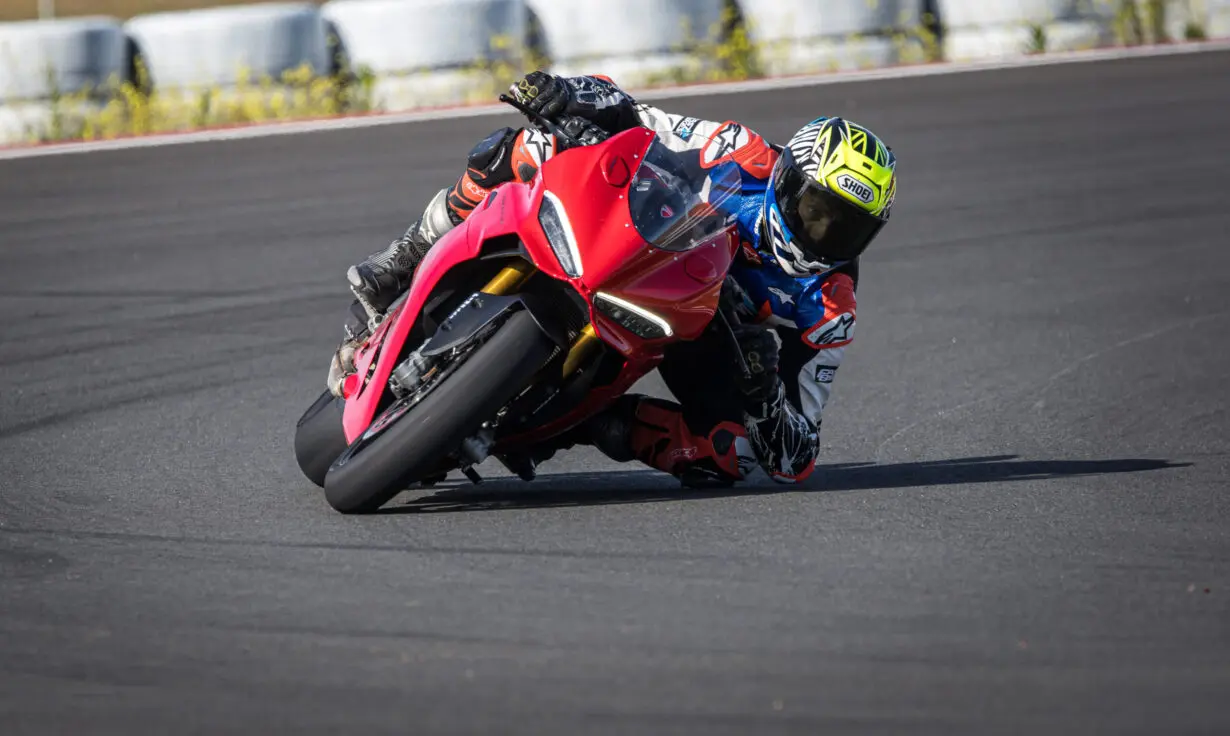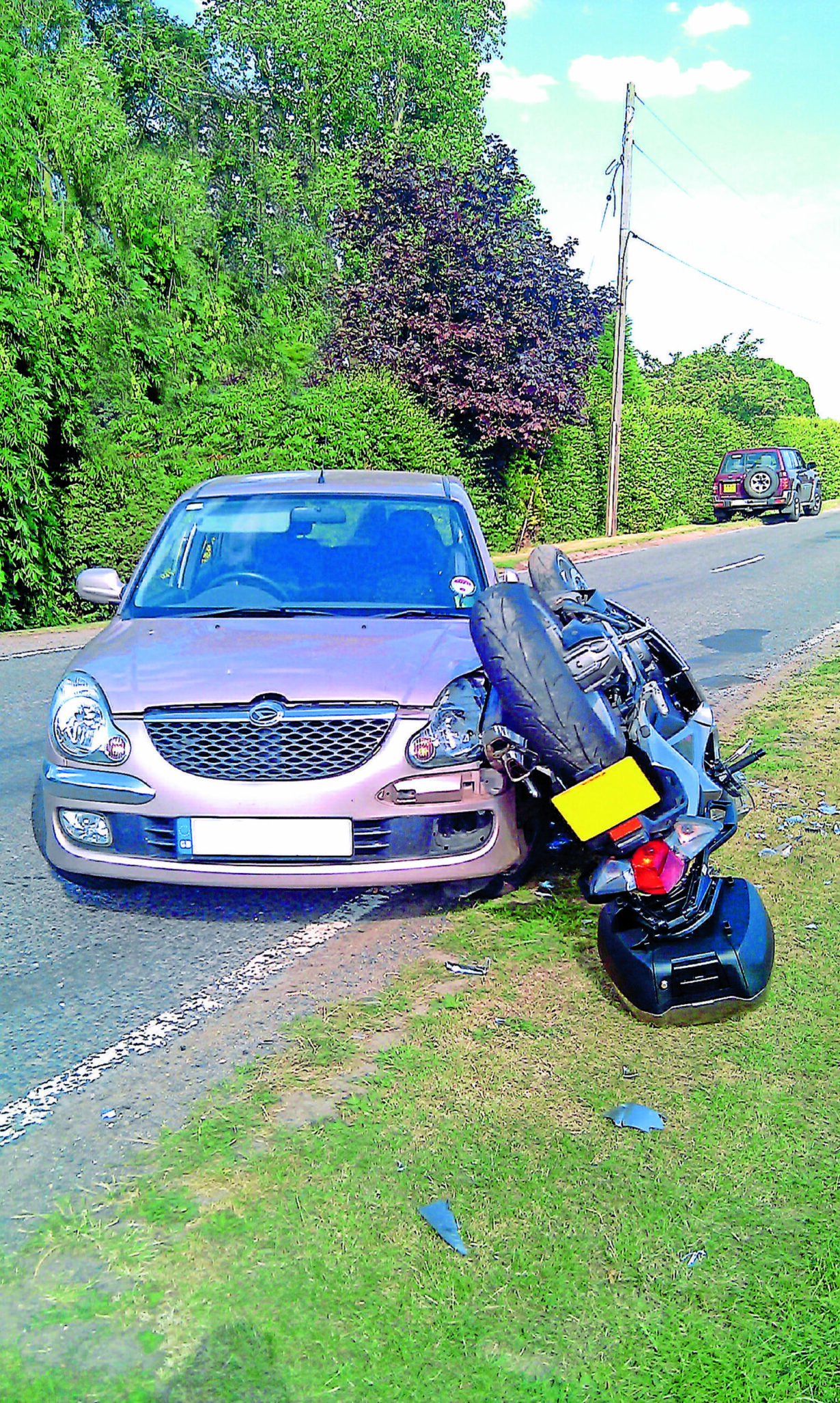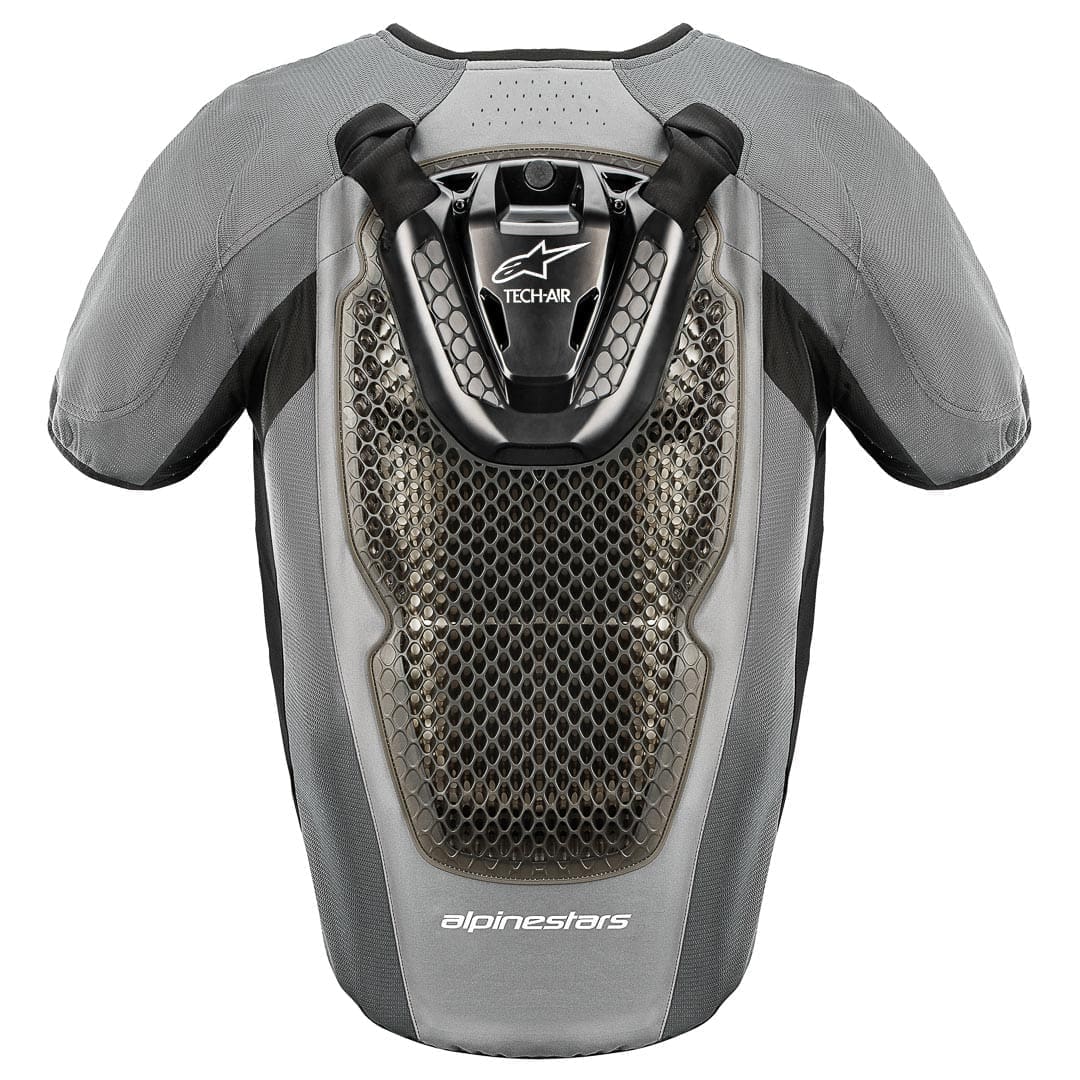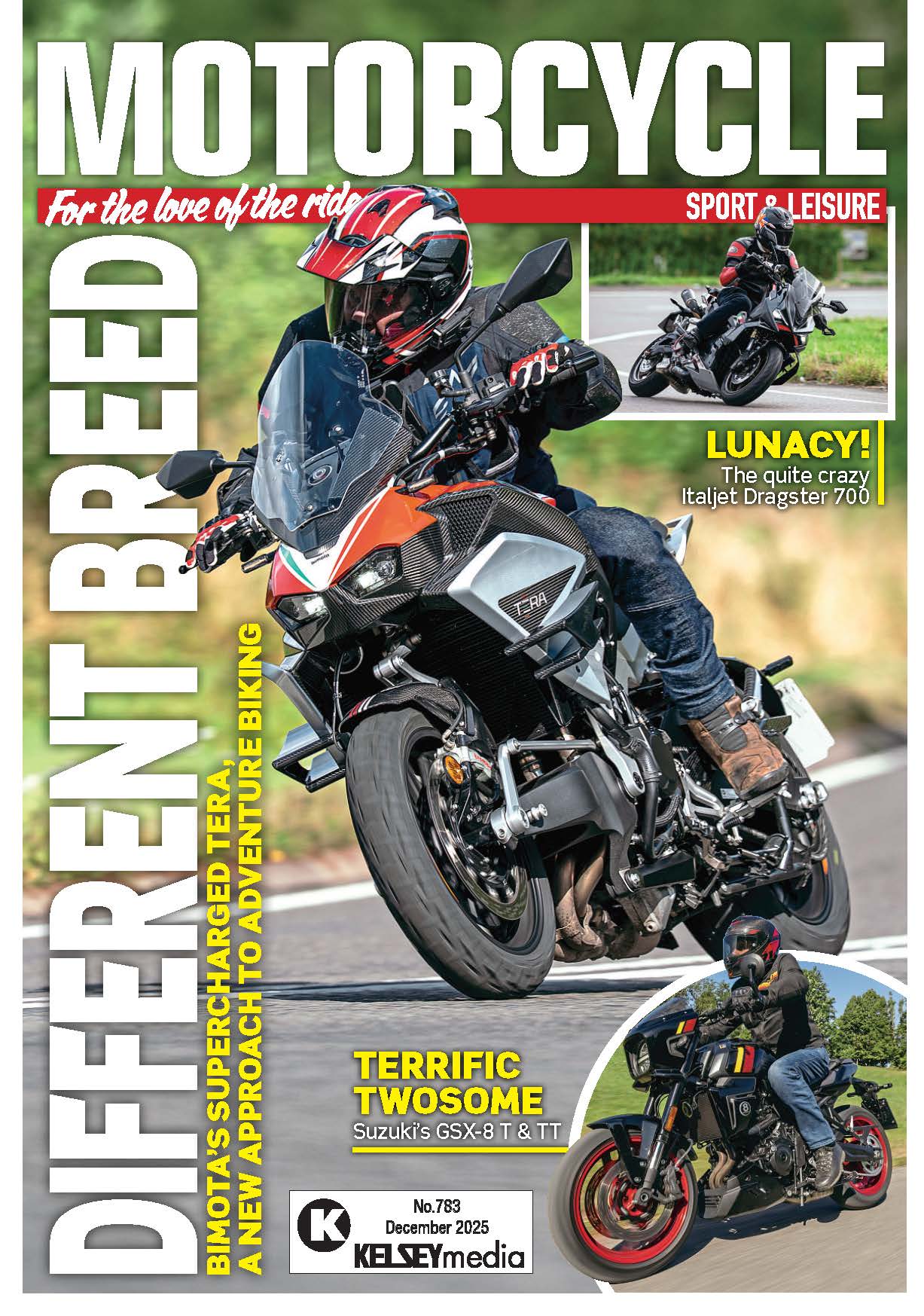Alan Dowds explains…
I’m getting old (aren’t we all), but still like to think I can keep up with the kids when it comes to tech and the like.
I can wrangle a non-booting Apple Mac, build a PC from scratch, clean the sensor on a digital camera, and swap the cam belt on a car, as well as all the bike-related jobs I’ve done over the years in this job. All of which, I like to think, puts me closer to European qualification than the relegation zone of the geek premier league.
Enjoy everything MSL by reading the monthly magazine, Subscribe here.

I’ve become a fan of tech in the bike world too. Yes, I know that some of the smart kit on bikes nowadays is a bit moot (I don’t think I will ever be able to trust a ‘slide control’ setup enough to slam open a 210bhp throttle leant over at 100mph on a race track). But stuff like sat-nav, Bluetooth headsets, trip computers, tyre pressure monitors, electronic suspension, cruise control and quickshifters are all right up my alley, as it were.
I was thinking about this the other week, when I was preparing for a long ride out. I had my Sena 50C helmet headset plugged in and charged up, and my Alpinestars Tech-Air 5 airbag was sat next to it, flashing away on a micro-USB cable. I’m a genuine convert to airbags ever since I went to a presentation by the IN&MOTION airbag firm a couple of years back. There was a very clever professor of biomechanics there called Oscar Cherta, and he revealed that the second source of fatal injuries in bike crashes was not, as I expected, the spine. Rather, the impact area that causes most deaths after the head is actually the thorax/chest. The numbers were stark: 48% of fatal injuries were the head, 23% thorax and just 10% were the spine (abdomen was 8% and lower limbs 1% for those completists out there).

Chest injuries result in rib fractures, and damage to the vital organs in there: You don’t get far once you’ve smashed in your lungs or your heart. And it’s obvious when you think about it: If you crash you’re (generally) travelling forwards, so the first part of your body to hit a car, tree, road sign or wall will probably be your chest.
Dr Cherta then went on to outline the solutions: Conventional chest armour, which helps absorb some impact, or an airbag, which absorbs much more energy than any practical thickness of body armour could manage. IN&MOTION’s research with the Gustave Eiffel University suggests airbags deliver a 38% drop in injuries to vital thoracic organs on the road, while in competition, MotoGP riders with airbags suffered 67% fewer broken collarbones, and Dakar riders had half as many thoracic injuries.
It was a sobering moment. I’ve been riding since 1989, and although it took me a while to get around to getting body armour, I’ve had a back protector on fairly religiously since the mid-1990s. Back then, proper protection was unusual and expensive, with stuff like CE approval a long way off, but I still remember my first Dainese spine protector, a sort of hard plastic thingy.
I never used a chest protector though, even through the early 2000s and 2010s when I was festooned with the best riding gear while working on various bike magazines.
After Dr Cherta’s presentation, I sorted myself out ‘toot sweet’. I actually had not one but TWO Alpinestars airbags in my kit cupboard, a race suit in my custom leather suit and a road one which fitted into a Big Sur Gore-Tex jacket. They were early models of the tech from about 2018, a bit heavy and a bit stifling (and I only had one suitable jacket for the Road bag), so I didn’t always wear them on the road.

Post-Cherta though I became inseparable from the computerised funbags and the added safety they seem to impart. I’ve been using the Alpinestars Tech-Air 5 for the past few years, and it’s much more user-friendly: It’s a standalone vest so you don’t need a special compatible jacket or suit, and it can be worn under pretty much any kit. IN&MOTION obviously produces a good alternative, as does Dainese, and the electronic technology inside them seems set to get better and better.
It’s not cheap of course: RRP for the Tech-Air 5 is £670, street price a little less, with similar costs for the competition. Are there less pricey alternatives out there then? Well, yes, the technology in standard ‘dumb’ armour is also improving all the time too. British firm D3O uses cunning chemistry and smart design to produce ever-better body armour, including back and chest protectors. These meet the latest CE safety standards, in Level 1 or Level 2 (L2 being higher protection) and will help reduce injuries better than ever, while still being flexible, cool and comfortable on the bike.
Whichever tech you choose to improve your personal safety though, it has to be money well spent. One thing about getting older is that you also fear death far more than you did as a youngster, and the extra peace of mind from a good airbag or premium armour, together with all the modern tech on the bike, goes a long way.
Hell, I might even give that 210bhp-compatible slide control a good go next time I’m out on track…






